(Original title: Computational Capabilities Move to Terminals, Does Intel Use a Module to Create Ecology?) Author: Cheng Tao Lei Feng Network (public number: Lei Feng network): By 2020, the global Internet of things equipment will reach 50 billion, which is a trillion-level market, for Intel has missed the wave of mobile Internet, this is a not tolerated Lost battlefield. Starting in 2013, Intel began to increase its investment in the Internet of Things market, especially in the makers and developers ecosystem. In October 2013, Intel introduced a Quark SoC chip module for the Internet of Things. In January 2014, Intel introduced the dual-core Quark SOC-based Edison computing platform; In January 2015, Intel introduced the Curie microcontroller module for wearable devices; In August 2016, Intel launched a series of 500 computing modules for developers at the last IDF (known as the Intel Joule Computing Module abroad). Recently, the Intel 500 series computing module was officially released in China. James D. Jackson, vice president of Intel's new technology division and general manager of the Modular Innovation Division, said in an interview with Lei Feng. The computing module is by far Intel's most powerful module. It has a built-in quad-core Atom processor, supports 4K video capture and display capabilities, compared to previous Edison and Curie also has a larger capacity of memory and storage (34G of memory, storage 8G, 16G two). But he also emphasized that the Intel 500 series computing module is not the successor of Edison and Curie, it is not only the developers and entrepreneurs, and mature companies such as integrators are also the target customers of this module. The Intel 500 Series computing module is positioned to bring higher performance to the edge, such as robotics, drones, industrial networking, virtual reality, augmented reality and other fields. A compromise product for edge computing Edge computing is a concept of relative cloud computing. It refers to an open platform on the edge of the network close to the source or data source. The open platform integrates network, computing, storage, and application core capabilities and provides edge intelligent services nearby. Last year, Intel, ARM and Huawei and other companies jointly established the Edge Computing Consortium (ECC); Qualcomm Chairman Meng Pu in the recent GMIC also emphasized the terminal's computing power to achieve artificial intelligence. importance. Of course, these companies have come up with the idea that edge computing is not just a concept. The more important significance is to declare to the industry that computing power is moving from the cloud to the mobile terminal. In the cloud server chip market, Intel accounted for more than 95% of the market share, but what is embarrassing is that closer to the mobile terminal, Intel's disadvantage has gradually become prominent. “Now front-end devices are becoming more and more intelligent, such as voice, graphics, video processing, etc. So for front-end devices, they need higher performance; if they want to move, they also need lower power consumption.†James D. Jackson So said. Obviously, for Intel, existing PC-class processors and embedded microcontroller modules cannot meet this need: PC processor is large in size, high in power consumption and cost; Although the embedded microcontroller has a small size and power consumption, the performance cannot meet the requirements of the equipment. The Intel 500 series is a system module (SOM), which is more like a compromise product. In fact, the built-in Intel Atom processor is a 14nm Atom processor. If you look at the computing power alone, the Atom and the 500 series of computing modules that cost hundreds of dollars are exactly the same. Enterprises can choose to use a single price. A cheaper SoC to develop applications. But on the strength of SoC alone, Intel has no advantage. If you were to develop a mobile application, between Atom and Qualcomm's Opteron platform, what choice would you make? Therefore, the biggest feature of the Intel 500 series computing module is obviously not to meet the requirements for mobility and power consumption of the device, nor to emphasize a single computing capability, but to extend the functionality. James D. Jackson said that the module has physical interfaces that previous generations of modules did not have, such as USB 3.0, PCIe, MIPI CSI, DSI, and HDMI. For example, if you want to do computer vision, you can directly access Realsense or a third-party camera, but if you use Atom to develop this feature, you need to start from the bottom of the R & D work. Intel's ambition is to create the ecology? The 50 billion IoT devices mean millions of developers and hundreds of thousands of corporate customers, which is a huge opportunity for Intel. Needless to say, the purpose of Intel's introduction of the 500 series computing module is not to sell a piece of hardware, but to attract more companies to build an ecosystem through the opening of the module, including operating systems, expansion boards, cameras, and so on. The bigger the ecology, the more powerful the modules are. It is worth noting that even though Intel has its own Realsense module, the 500 series computing module has also been connected with Sunny Optical in the camera. James D. Jackson also made it clear that the future will seek More partners. Of course, this is not unrelated to Intel’s own product strategy. There are currently two Intel 500 series computing modules available: one is a core module and the other is a core module-based development kit. The positioning of the two types of products is also very clear. James D. Jackson said that when developing, some expansion boards should be available, and small companies and creators who lack resources will be able to connect directly afterwards. In other words, the kit is to help users quickly get started, the real product is the module. In terms of Lei Fengnet, the Intel 500 series computing module is not only a focus on the Internet of Things edge computing hardware, he is more of a key step in Intel's hardware and software ecosystem in the Internet of Things, and may even become its Barometer of online market performance. Frankly speaking, it is difficult to recreate an iOS and Android-based ecological chain in the Internet of Things field, and there will not be a "Wintel" alliance that monopolizes the PC era. Intel's success in copying the PC era is very unlikely, but for Intel. The Internet of Things will be a battleground that cannot be lost.
Antenk DIN41612 Connectors are a versatile two piece PCB connector set with feaures useful for many applications including connections for plug-in card and back-panel wiring, PCB to PCB attachment and peripheral connections for external interfaces. Features include a multitude of body sizes and styles with options that include selective contact loading, make and break contacts, contact lead length choices and contact plating variations each in .100" [2.54mm] or .200" [5.08mm] centerline spacing.
The DIN 41612 standard covers a series of two-piece backplane connectors widely used in rack-based telecommunication, computing, process control, medical, industrial automation, test and measurement and military/aerospace systems where long-term reliability is required. They consist of one to three rows of contacts in combinations of 16, 32, 48, 64, or 96 contacts on a 0.1-inch (2.54 mm) grid pitch. The 3 rows are labelled a, b and c and connectors up to 64 way if using a 96 way body can use either rows a+b or a+c. DIN 41612 Signal connectors can be rated to 1.5 amps per signal pin, at 500 volts, although these figures may be de-rated according to safety requirements or environmental conditions. Several hybrid power and coaxial configurations are available that can handle up to 5.6A or even 15A. This wealth of variations explains the very wide range of applications that they`re put to. For over 30 years these DIN 41612 `Euro Card` connectors to IEC 60603-2 have offered a highly reliable system for board interconnects. Precision contact density, low mating forces, a two piece protective design and many contact termination styles offer unlimited design opportunities. Termination methods include – straight PC, solder eyelet, wire wrap, crimp and [press fit" terminals. Insertion and removal force are controlled, and three durability grades are available. Standardisation of the connectors is a prerequisite for open systems, where users expect components from different suppliers to operate together; ept and Conec DIN 41612 are therefore fully intermateable with all other similarly compliant products from other manufacturers like Harting, Erni, Hirose and TE Connectivity, etc.
DIN 41612 Connectors are widely used in rack-based electrical systems. The standard performance of these connectors is a 2 A per pin current carrying capacity and 500 V working voltage. Both figures may be variable due to safety and environmental conditions.
Types
Features and Benefits of Din41612 Connector:
Uses
Applications of Din41612 Connector:
Din41612 Connector,Din 41612,Eurocard Connector Din41612,Male Din41612 Connector ShenZhen Antenk Electronics Co,Ltd , https://www.pcbsocket.com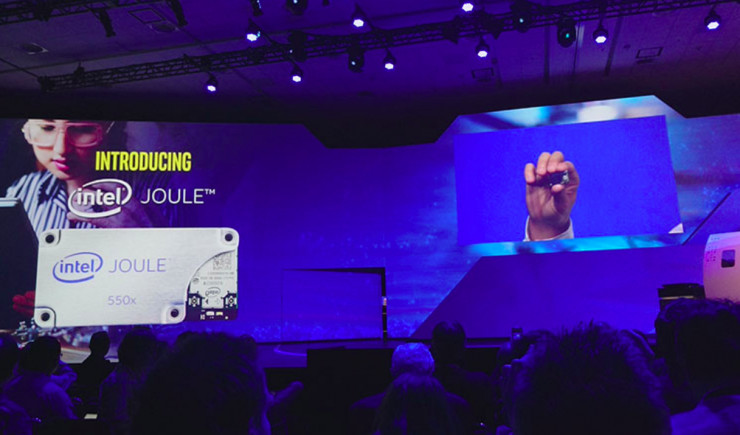
The most common connector in the DIN product line is type C, which is widely used in VMEbus systems, the DIN 41612 standard has been upgraded to meet international standards IEC 60603-2 and EN 60603-2. In the past, ept used a comb supported press-fit tool for their type C and B press-fit female connectors. To be more competitive, ept has changed to flat-rock technology (just a flat piece of steel pushed on the top of the connector) as used by many other manufacturers.
Number of contacts varies
Many variations of housing material, including different types of metal and plastic
Both angled and straight versions
Male and female
C,R,B,Q Type DIN41612 Connectors
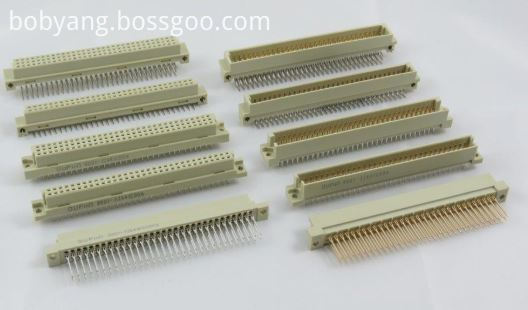
Half C, R, B & Q Type DIN41612 Connectors
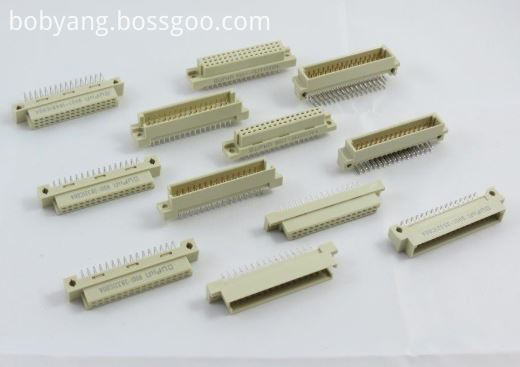
1/3 C,R, B & Q Type DIN41612 Connectors
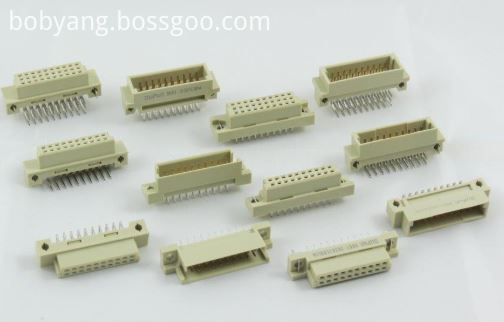
H, F, H+F & M type DIN41612 Connectors
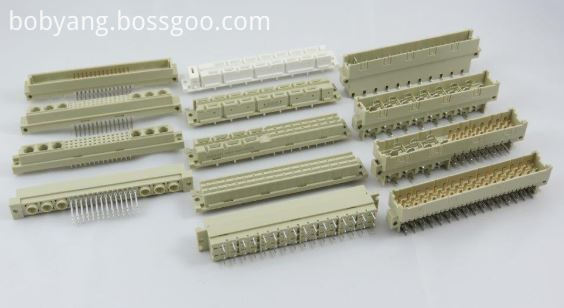
IDC Type DIN41612 Connectors
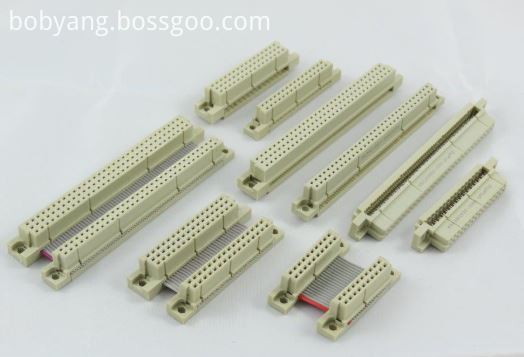
Female Cable Connector
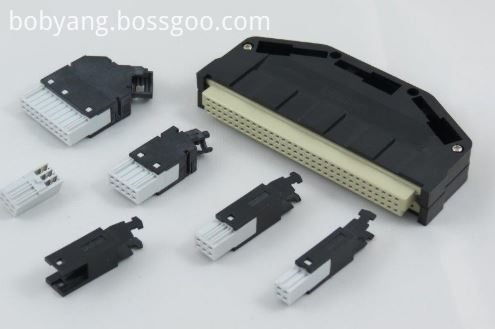
High Pin Count DIN41612 Connectors
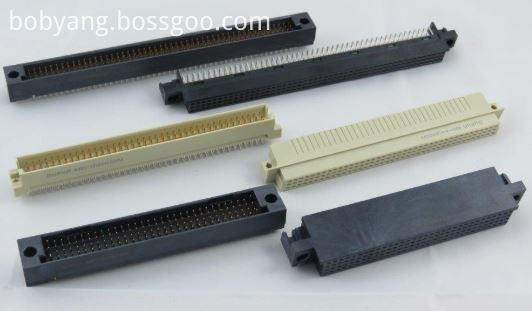
Shroud DIN41612 Connectors
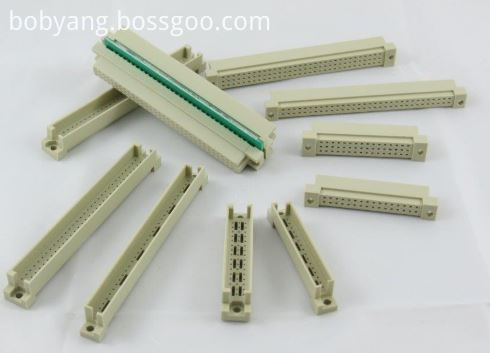
• Indirect mating (male/female)
• Automated production processes
• Continuous quality assurance
• 3-160 contacts
• Complete interconnection system
• Numerous interface connectors
• A wide variety of hoods
• Many termination technologies provide for the lowest installed cost
• Contacts selectively gold-plated
• Tinned terminations for increased solderability
The primary use of DIN 41612 connectors are PCB Connectors and motherboards, the main acceptance would be their board to board reliable connections.
Applications
• Data centers
• Storage
• Servers
• Base stations
• Telecommunications equipment
• Backplane and motherboard assemblies
• Switching systems
• Modular rack systems
• Power automation
• Distributed control systems in
industrial control
• Programmable logic controllers (PLC)
• Robotics
• Test and lab equipment
• Energy distribution
• Monitoring equipment
This is not a definitive list of applications for this product. It represents some of the more common uses.